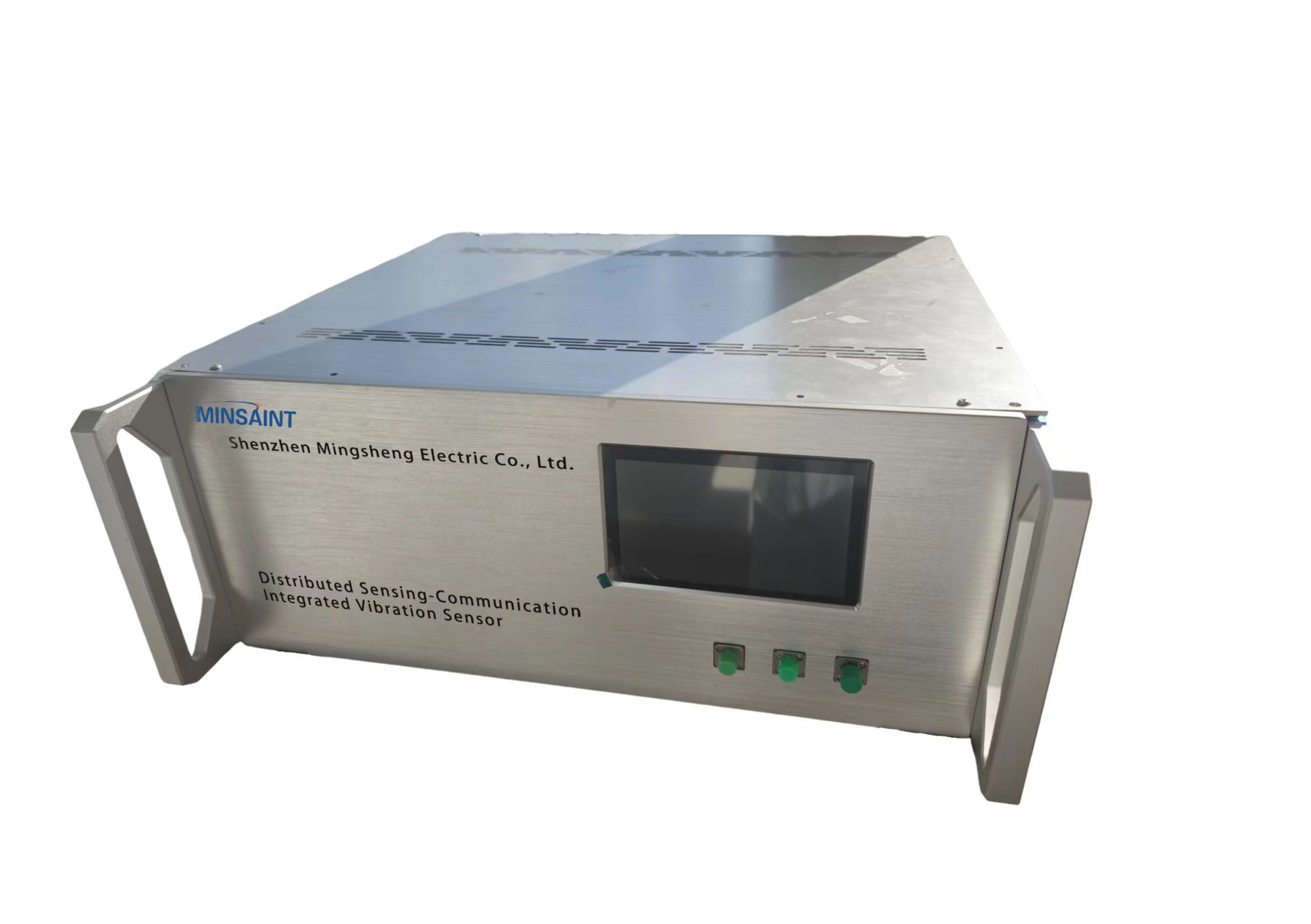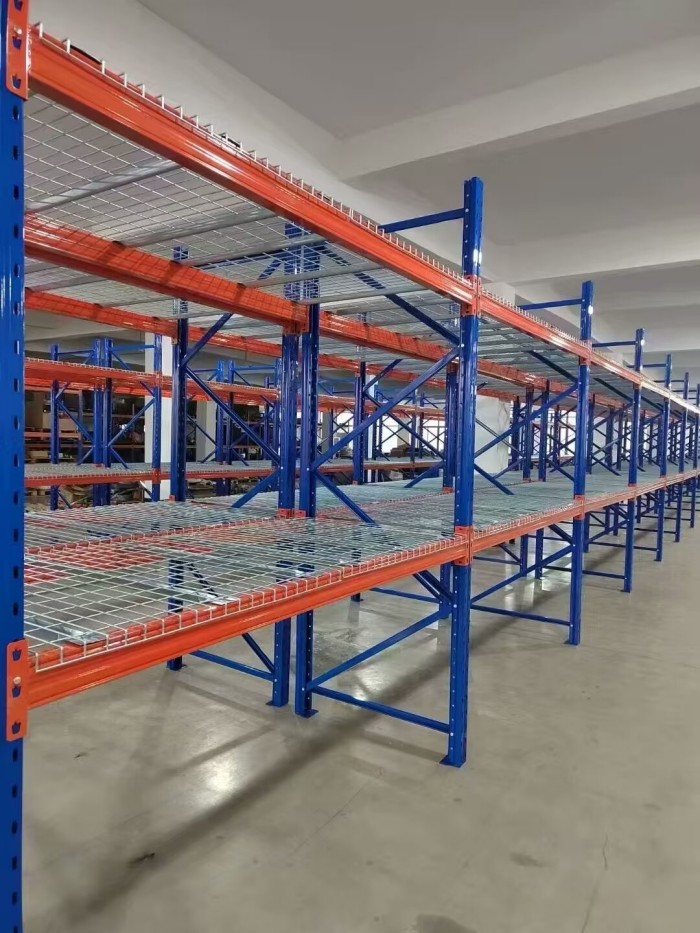Transport containers play a crucial role in global trade, facilitating the movement of goods across borders and continents. As businesses rely heavily on these containers, understanding the factors that influence their prices is essential for optimizing logistics and supply chain management. In this blog post, we will delve into the various aspects that impact transport container prices, providing valuable insights for businesses and individuals involved in international trade.
- Market Demand and Supply:
The fundamental principle of economics, supply and demand, greatly influences transport container prices. When demand exceeds supply, prices tend to rise, and vice versa. Several factors contribute to this dynamic, including global economic conditions, trade volumes, and geopolitical factors. For instance, during periods of economic growth, increased trade activities lead to higher demand for containers, resulting in price fluctuations. - Container Availability and Utilization:
The availability and utilization rate of transport containers significantly impact their prices. Container shortages in certain regions or ports can drive up prices due to increased competition for limited resources. Conversely, high container utilization rates can lead to increased costs for shipping lines, which may be passed on to customers through higher prices. - Fuel Costs and Operational Expenses:
Transport container prices are also influenced by fuel costs and operational expenses incurred by shipping lines. Fluctuations in oil prices directly impact container shipping costs, which are often reflected in the prices charged to customers. Additionally, expenses related to container maintenance, repairs, and handling equipment contribute to the overall pricing structure. - Container Type and Size:
Different container types and sizes cater to specific cargo requirements, and their prices vary accordingly. Standard dry containers are the most common and cost-effective option, while specialized containers, such as refrigerated or hazardous material containers, come at a premium. Larger containers, such as 40-foot or 45-foot containers, generally have higher prices due to their increased capacity. - Trade Routes and Distance:
The distance and trade routes involved in shipping goods impact transport container prices. Longer distances or routes with limited connectivity may require transshipment or additional handling, leading to higher costs. Factors like tolls, customs duties, and port charges along the trade route also contribute to the overall pricing structure. - Container Age and Condition:
The age and condition of transport containers play a significant role in determining their prices. Newer containers with minimal wear and tear command higher prices due to their longer lifespan and reduced maintenance requirements. Conversely, older containers may be available at lower prices but may require more frequent repairs and maintenance, impacting the total cost of ownership.
Conclusion:
Understanding the factors that influence transport container prices is vital for businesses and individuals involved in international trade. By considering market demand and supply, container availability and utilization, fuel costs and operational expenses, container type and size, trade routes and distance, as well as container age and condition, stakeholders can make informed decisions to optimize their logistics operations and manage costs effectively.












+ There are no comments
Add yours